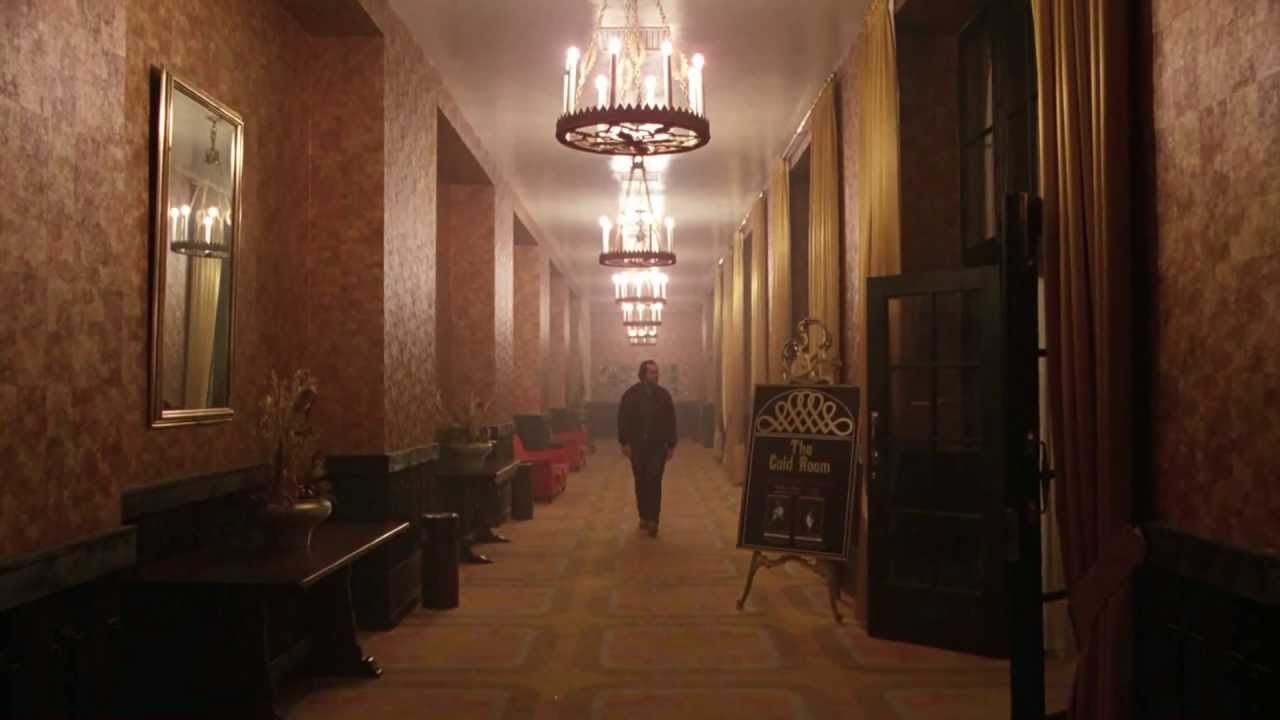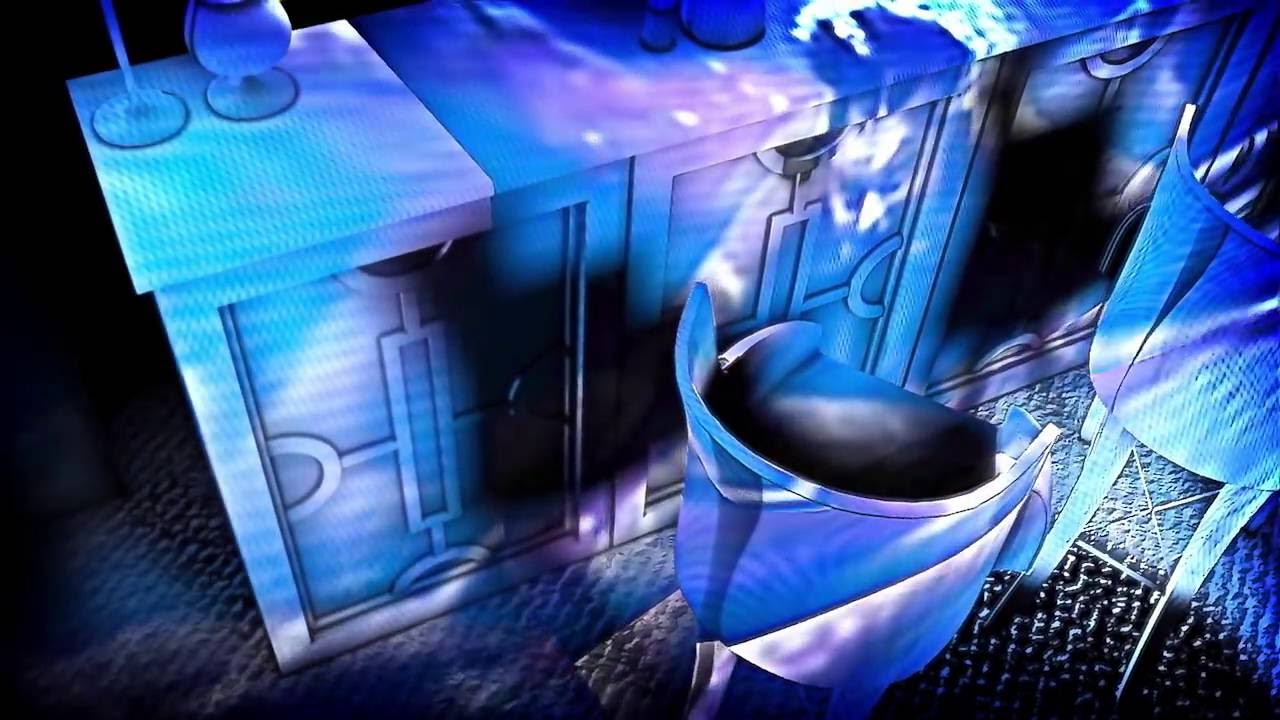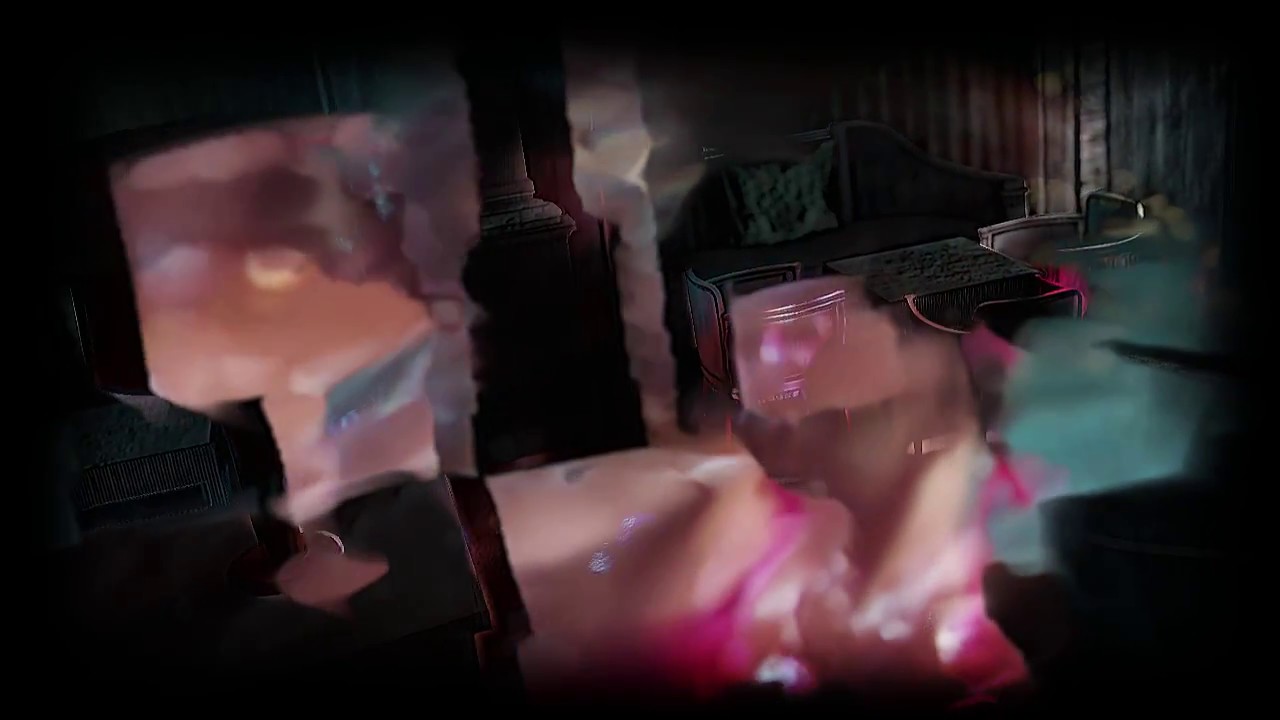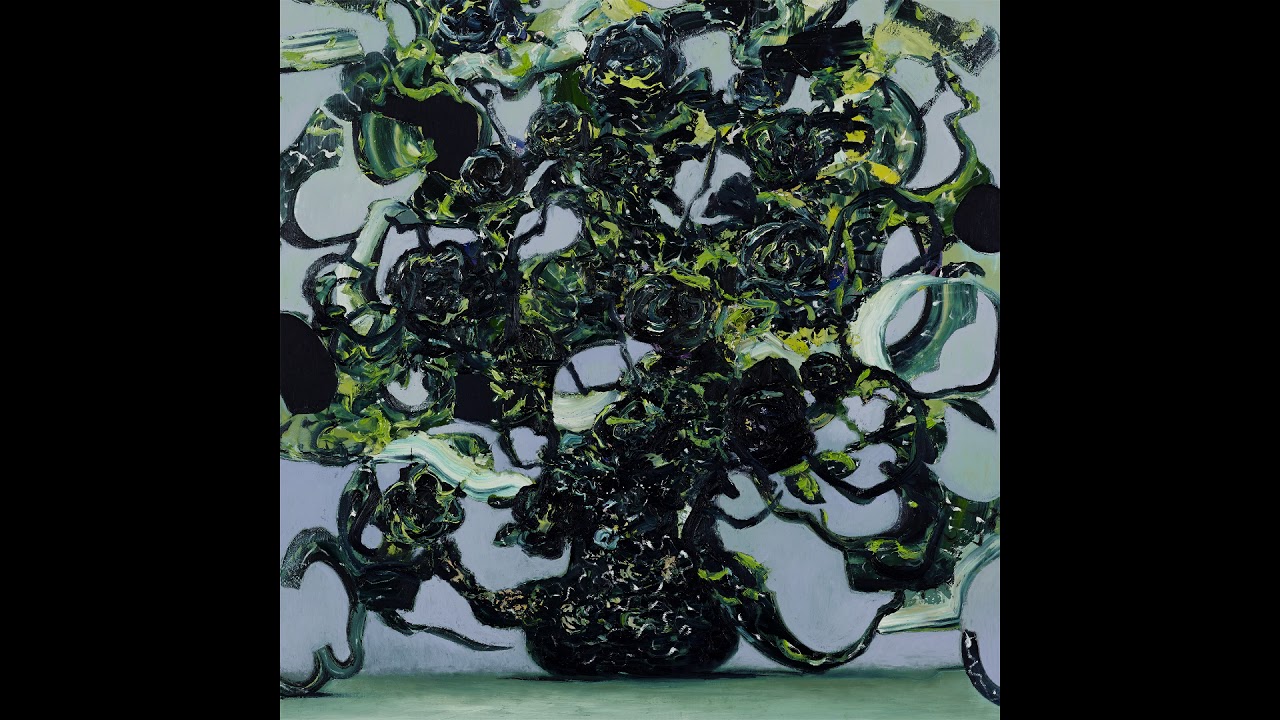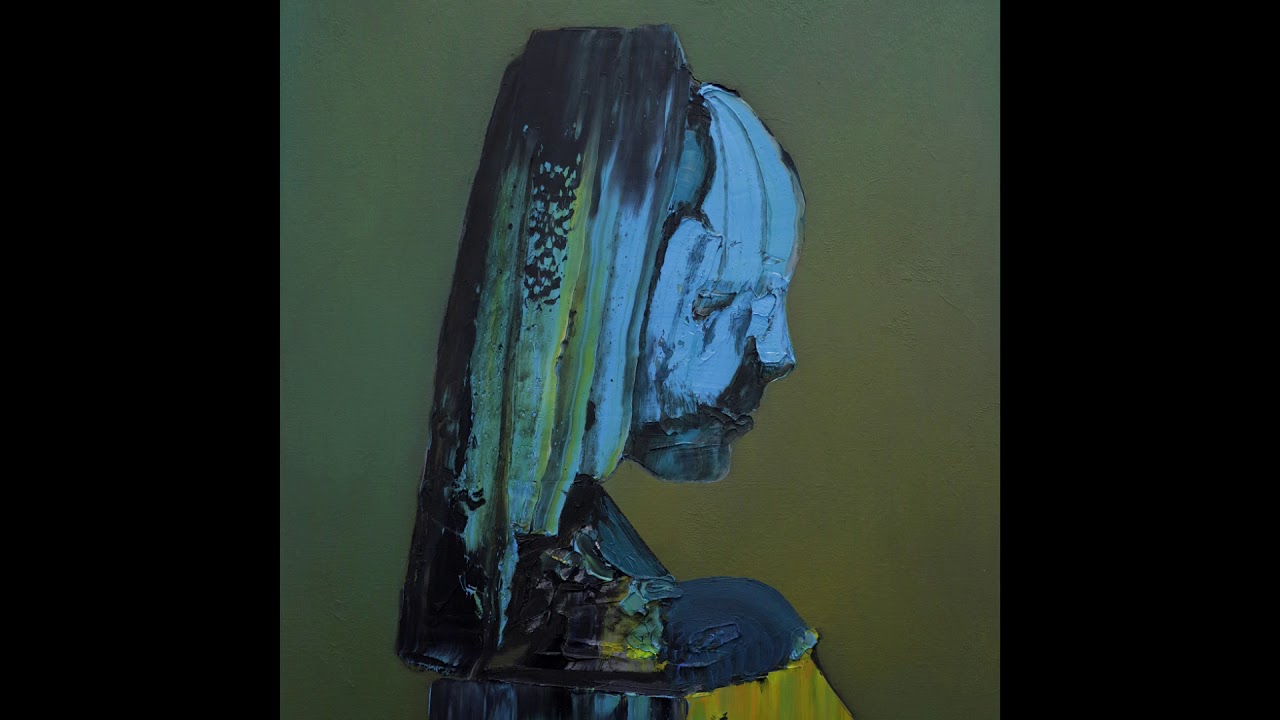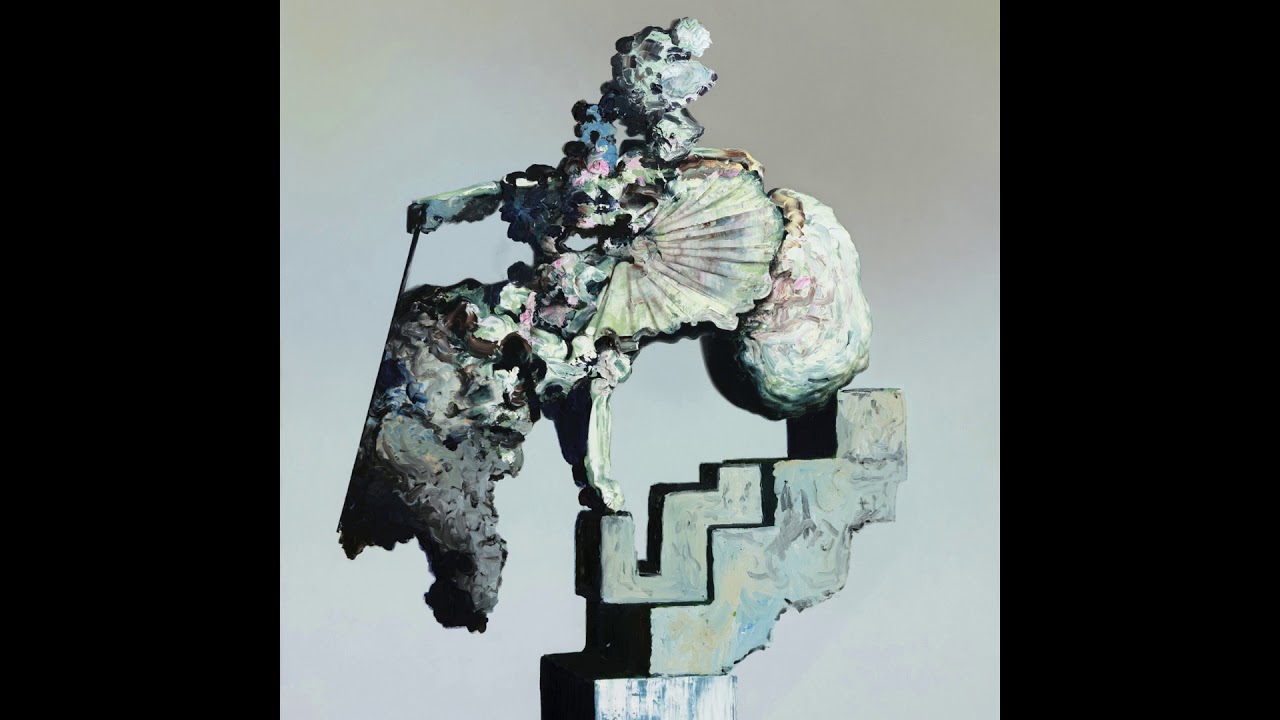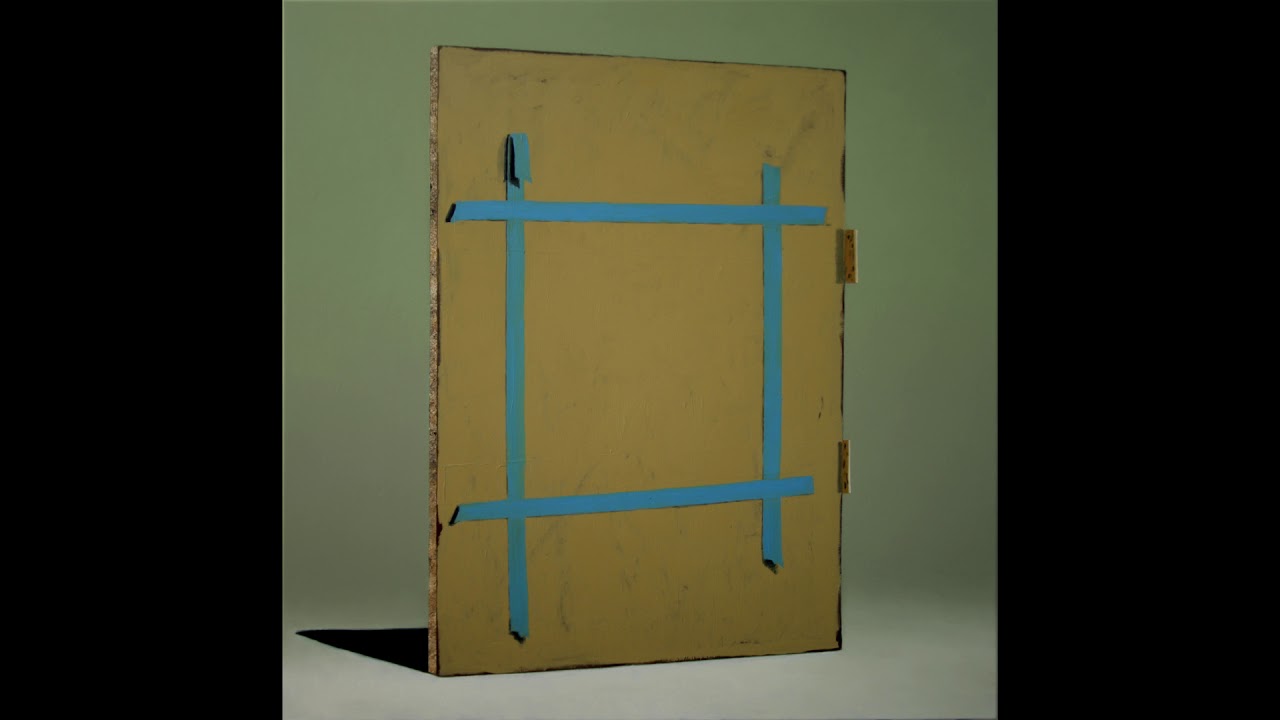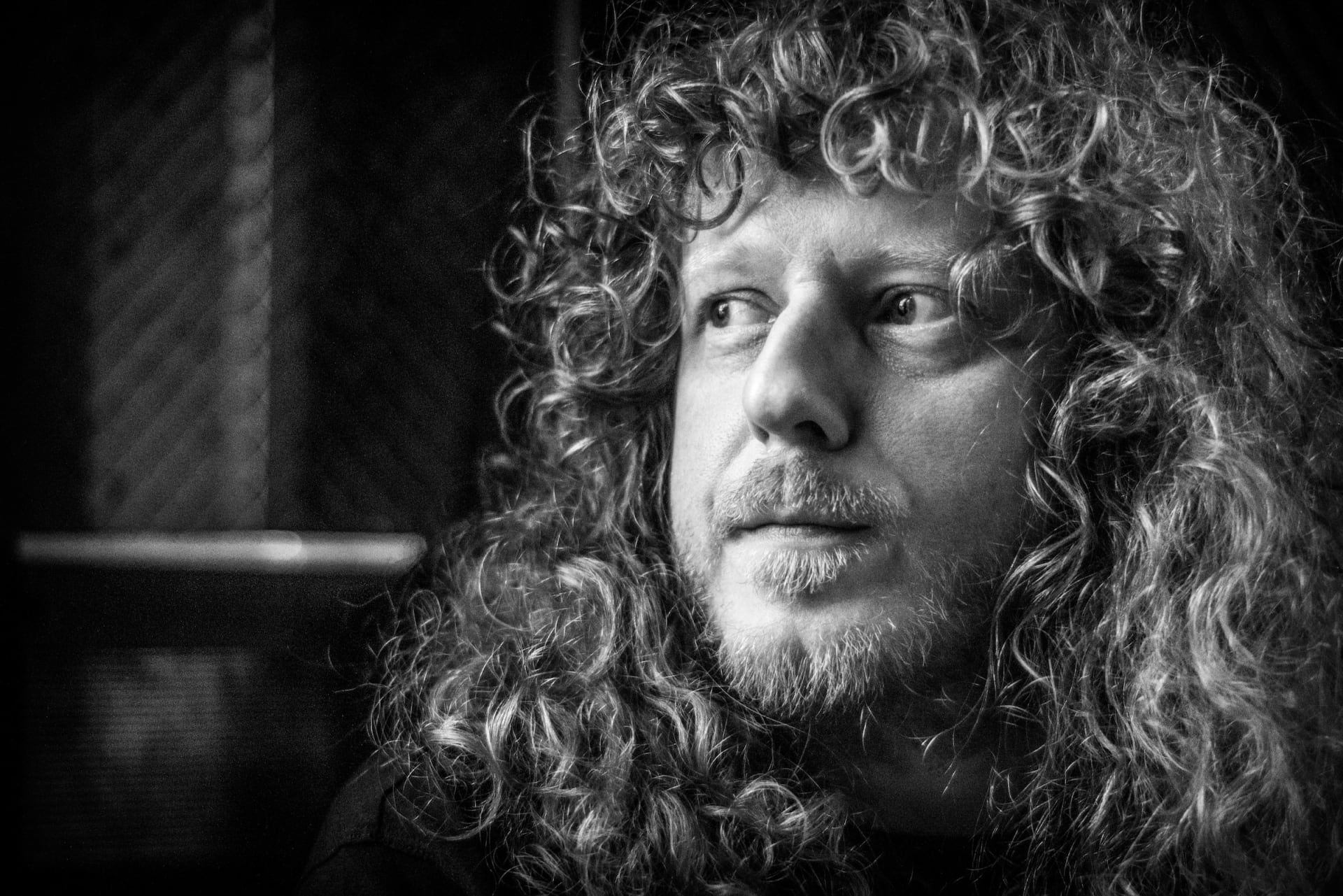
Leyland James Kirby On The Caretaker, Alzheimer’s Disease And His Show At Unsound Festival
The Caretaker is a project by experimental artist Leyland James Kirby that explores memory, nostalgia and mental illness through ghostly atmospheres made with processed 78 RPM ballroom dance records from the '20s and '30s.
Leyland James Kirby has been chopping things up for decades. To enter his world is to explore a universe of identities and side projects: He’s disrupted pop anthems with beds of noise as V/VM, subverted classic country as Billy Ray Cyrix and made Christmas music terrifying as Butcher Claus. In general, Kirby has gained notoriety and retained it, for questioning—or rather, disregarding—standards.
That’s especially true with what has become his most prolific project, The Caretaker. Starting with Selected Memories From The Haunted Ballroom, the project’s first release in 1999, Kirby has used it to explore themes of memory, nostalgia, loss and mental illness through a particularly novel device: He warps and processes 78 RPM big band and ballroom dance recordings from the ‘20s and ‘30s to create dissolving sound worlds that bring to mind the chilling “haunted ballroom” scene from Stanley Kubrick’s 1980 horror film The Shining.
Kirby’s most recent project as The Caretaker is also reportedly his last under that alias. It’s a six-part epic called Everywhere At The End Of Time in which The Caretaker persona itself has been diagnosed with Alzheimer’s disease. A three-year project, each release (or “stage”) in the series is more washed-out and unrecognizable than the last, mimicking the mental collapse brought on by the disease. Songs filled with ghostly melodies named “The Loves Of My Entire Life” and “Glimpses Of Hope In Trying Times” gradually fade away to reveal a drone of unrecognizable sound in the sixth stage best exemplified by the track title “A Confusion So Thick You Forget Forgetting.”
Now that the project is finished in its recorded form, Kirby has teamed up with visual artist Weirdcore to premiere a live show based on the work at Unsound Festival, in Krakow, this Thursday, October 10. Before that, though, we sent Telekom Electronic Beats contributor Daniel Melfi to interview the artist about the complex themes in his work and how he plans to bring them to stage.
Why did The Caretaker need to suffer from dementia?
It was the natural progression in terms of where the previous releases had been.
The idea was initially to give a new release dementia and then develop ideas based around that. In the end, that lead to me to rethinking how it would be better to give The Caretaker persona dementia. This opened up a number of different approaches to how this could possibly sound. The idea was based on what I remembered most from existing works and how that would sound breaking down. It was an exciting and daunting prospect at the outset.
What is your relationship to the disease and has it changed over the years of the project?
Memory has always been a fascination for me. My grandfather in his latter years suffered a form of dementia after experiencing a series of strokes. I have read many papers and also many books regarding this illness, and it’s staggering just how devastating it is and how it can work in so many different ways. Of course, I tried to approach the whole idea of using this in a creative way with great respect for the condition itself, and for those who suffer from it, and also for those who care for loved ones.
Why exactly, and how, are the loops breaking down in the final stages of ‘Everywhere At The End Of Time’?
The first three stages are flashbacks of clear thought, stuck in loops, which is constant with initial symptoms. From the beginning of Stage 4, there is an inability to have such clear thoughts, so you’re in the moment of pure confusion. There might be the odd recognizable phrase here and there, but you are essentially lost from that point onward.
You have said before that you’re a digital worker and a supporter of technological advancement. Has your method changed at all in the last few years?
It changes every day; it’s always an adventure now. I’m all about expanding possibilities to see what can happen. Technology is a challenge as there are so many incredible developments lately. The trick is to not fear but immerse yourself in those challenges. I try to keep learning and looking for new directions and then to apply focus to see where the energy is for me to explore in a deeper way. The Caretaker is a small part of my overall work—just the tip of the iceberg.
You’ve mentioned before that the project really begins in the final three stages. Were the first three more for you or the listener?
It was a way in which to expand the elements available. They had to be made for the whole series to make narrative sense. They are similar to some existing Caretaker works but different, almost a memory recall of previous works. The challenge was from Stage 4 onward to the ending. I knew how it could sound but not how to make the work itself reflect the illness. Those latter stages too are just snapshots really. I created in excess of 200 hours of work for Stage 4 and Stage 5. It was compiled based on mood. On another day, if compiled again, I’m sure they would be completely different. It was a fluid experience, living through that process each day.
Can you tell me a little bit about the performance at Unsound Festival?
I developed systems by using existing software in wrong ways to make it sound like broken synapses. I always tried to make it sound organic, as memories break down. Removing digital traces and processes, so it just exists. This will happen when I play live. I’ve suffered playing shows in the past because laptops can’t do what a studio machine does. Finally, now with the latest processors, it’s possible to randomly work in this way live, so each show now will be a battle to make sense from the confusion.
I’ve noticed in the latter stages, there is a slight calm that approaches at certain points, before delving back into traumatic-sounding material. Was this a creative decision or informed by something you’ve read about or witnessed?
I think it’s a reflection of how I would imagine the horror and confusion of the endless realization of not knowing what’s happening. There are moments of calm, which is normal, but I made a decision to look at symptoms in extreme ways. It’s not “dementia” represented generally as a definitive sound. It’s how I saw it could be for The Caretaker, based on all existing works. Each dementia is, of course, completely unique based on past experiences. So, it’s a very personal take on what the most common symptoms are.
I liked the idea of being dropped directly in there on the front line. If you compare Stage 4 of Everywhere At The End Of Time to An Empty Bliss Beyond This World [a critically acclaimed earlier work that deals with similar themes], these releases are both covering the same idea in very different ways.
What is the role of Weirdcore in the live performance?
Weirdcore is using Ivan Seal’s paintings in fluid ways through his visual manipulations, bringing them alive. One comment Ivan made was that friends of his felt ill after watching the visuals when we played at The Barbican in London. For the next shows [like Unsound Festival] we’ll develop these ideas more. The aim is to play shows but not too many shows. Keeping each show special, using random processes with the music and also with the visuals. So there hopefully can be a lot of serendipity. I don’t like things that match perfectly, it’s too twee when visuals perfectly match sound in my opinion. Everything is open and can keep twisting into something else.
Why do you think that Ivan understood the project and supported it so thoroughly; have you discussed this with him on a deeper level?
We speak of course, but we don’t really stare into the sun. I have known Ivan a long time now—nearly twenty years. We both lived in Manchester and Berlin, and now I’m in Krakow. There’s something magical with the link up of Ivan’s paintings and my music. To me, it just works and gives it a great identity and presence it would lack without his involvement. His paintings are incredible, also the scale of some of them.
I trust Ivan completely with the cover art he presents. I don’t like to make suggestions. Ivan works like myself, making a great volume of work constantly. I’m sure if he had a different mood on different days the covers would all be different.
What kinds of challenges did you encounter when completing the final stages?
It was very pressurized through the final stages, as there was only six months between each stage. I’d be finishing one stage, mastering another, all whilst starting another stage. I kind of had to live in the work for the final two years with more or less no break, as dipping in and out was impossible. You start to go a little crazy working like that. I was pushing myself to see what could happen, where the emotion was. I was also under pressure of not messing it all up for those following the work, and also being respectful. All the time making it sound like an organic process.
How did you select the base material for these final stages?
Each stage kind of directed where the next would go. It never actually turned out how I thought it would be. I know a lot of people were shocked by the jump from Stage 3 to Stage 4, but when you are in complete confusion you’re just in it, there’s no simple fade in. I have a lot of missing moments also. Here in the archive there’s also kind of like 3.5 and 4.5 versions. There are different moments from different days and moods.
What are some of the more intriguing papers or academic journals you’ve read on the subject?
To me it’s all interesting. I have an extensive collection of books and have read many journals and accounts. There was a book I read with numerous case studies, which was important to me. It was created for caretakers to have a greater understanding for how to deal with dementia. It was both funny in places and harrowing at the same time. I developed a lot of this series based on the fact that it’s so individualized. The word dementia can mean so many things to so many people. Each experience is unique, so this version I’ve made is only unique to The Caretaker.
Published October 07, 2019. Words by Daniel Melfi, photos by Wilkinson-Photo.

